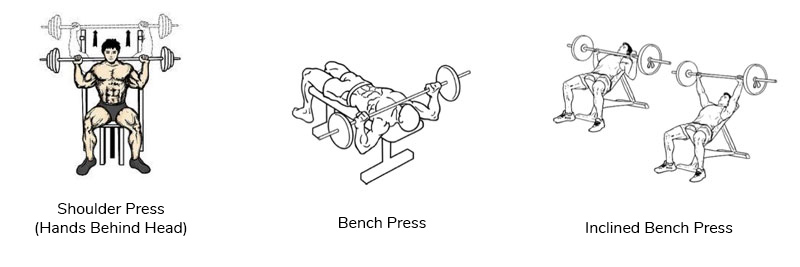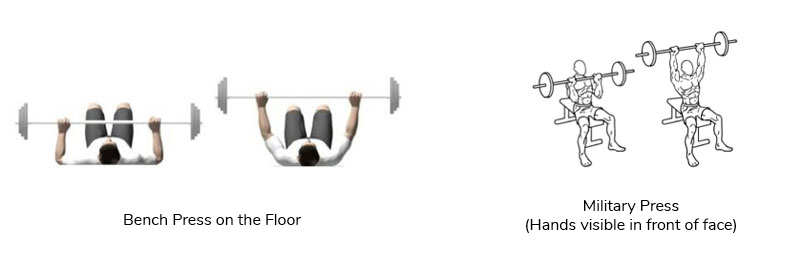Arthroscopic Anterior Labral Repair or Anterior Stabilisation
Physiotherapy Programme by Dr Kalman Piper
Week 0 - 4
Week 0 - 4
- A sling must be worn for 4 weeks after the surgery, including the waist band.
- The sling is to be worn 24 hours per day, except when you are doing your exercises 3 – 4
times per day, and in the shower (keep arm hanging by the side). - Exercises:
- Gentle Hanging arm or “Pendular” Shoulder Exercises;
- Passive Elbow Range of Motion Exercises (avoid biceps contraction);
- Active wrist and hand exercises with squeeze ball;
- Scapula or Shoulder blade squeezes and shrugs
Week 5 - 8
Week 5 - 8
- Remove sling and commence physiotherapy programme.
- Exercises:
- Full active Range of Motion Exercises without causing pain.
- Avoid combined abduction and external rotation (ABER)
- Graduated Strengthening Program with Isometric exercises and Therabands.
- Avoid Biceps strengthening
- Scapula Stabilisation Exercises with Theraband rows, shrugs holding weights, standing push ups against a wall.
- Proprioceptive Neuromuscular Facilitation Exercises.
- Full active Range of Motion Exercises without causing pain.
Week 9 - 12
Week 9 - 12
- Terminal Stretches excluding combined abduction and external rotation.
- Scapula rhythm retraining.
- Seated row concentrating on scapula depression and retraction.
- Avoid overhead lifting.
- Ergometer for endurance training.
Week 13+
Week 13+
- Commence sports specific rehabilitation. Throwing program from 4 months.
Return to Sports:
- 6 weeks:
Fitness Training (Jogging, Stationary Bike). - 3 months:
Swimming and Non-contact sports; excludes throwing and overhead sports. - 4 months:
Supervised Throwing Program. - 6 months:
Progressive return to full sporting activity including overhead sports, throwing sports and upper limb weights. eg. rugby, tennis, volleyball, basketball, water polo.
Weightlifiting
- Avoid Shoulder Press Behind-the-Head, Bench Press and inclined bench press on table. These exercises have an increased risk of re-dislocation.
- Military presses (with hands and bar in front of face and visible at all times) and bench press on the floor are allowed.
Avoid these Exercises

Substitute these Exercises
